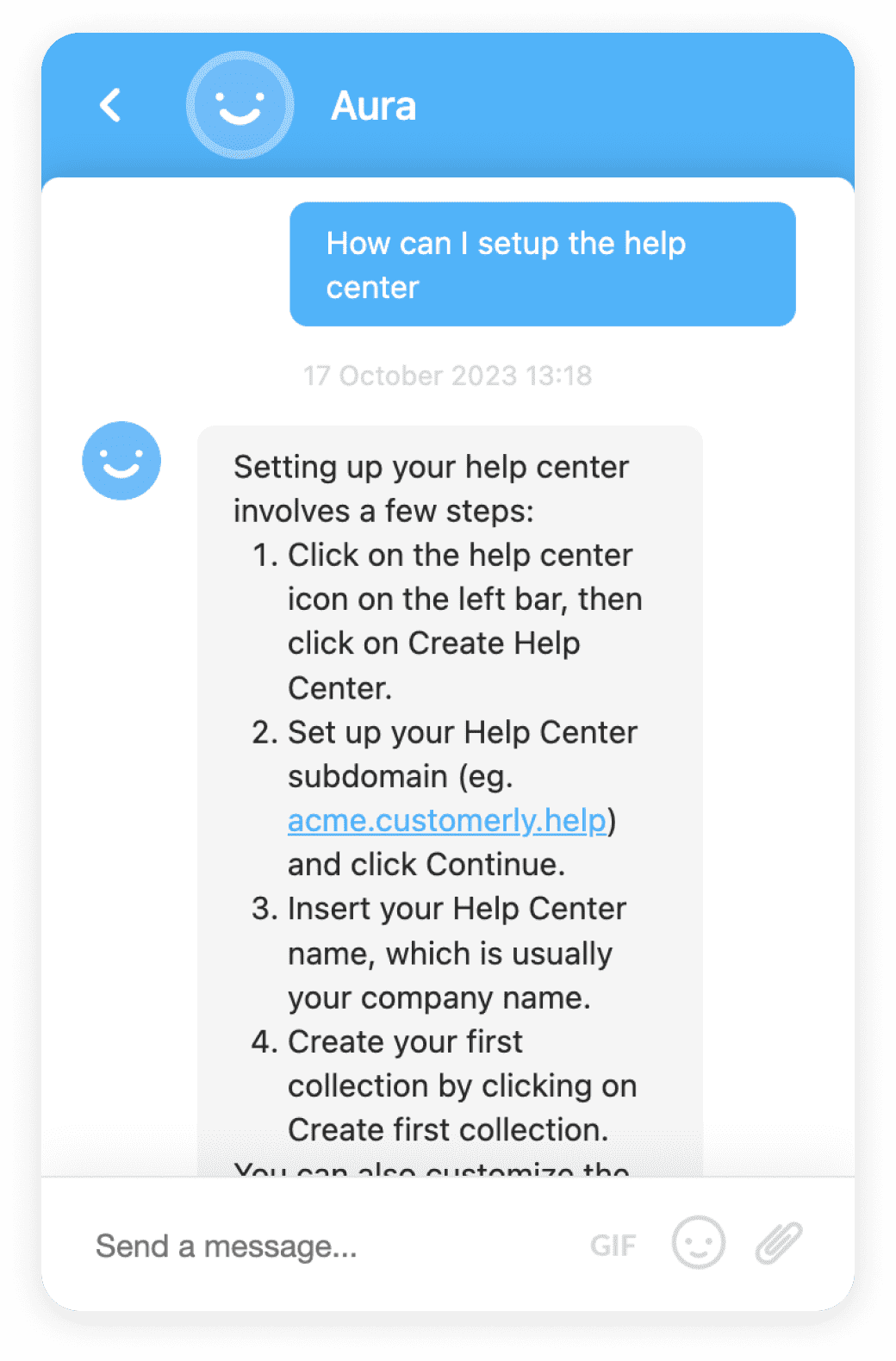User Adoption Strategies
User Adoption Strategies refer to methods used by organizations to increase acceptance and usage of new systems or technologies among users.
Definition
User Adoption Strategies refer to the methods and techniques used by organizations to increase the acceptance and usage of new systems, technologies, or processes among their users. These strategies are crucial in ensuring successful implementation of new tools in a company, as they aim to ease the transition, increase user engagement, and ultimately maximize ROI.
Usage and Context
User adoption strategies are commonly used when a business introduces new software or technology. The main goal is to ensure that users, typically employees, adopt and use the new system effectively. These strategies can include training sessions, user support, incentives, and clear communication about the benefits and usage of the new system.
FAQ
What are some examples of user adoption strategies?
Some common strategies include providing comprehensive user training, offering incentives for adoption, creating a network of champions who promote the new tool, and providing ongoing support and resources.
Why are user adoption strategies important?
These strategies are crucial because they help ensure a smooth transition when new systems or processes are introduced. They can help reduce resistance to change, increase user engagement, and maximize the benefits of the new tool.
Related Software
Some software tools that can aid in user adoption strategies include user training and onboarding software, communication tools, and project management software.
Benefits
User adoption strategies offer several benefits. They can help increase productivity by ensuring users understand how to use new tools effectively. They can also help reduce resistance to change, increase user engagement, and ultimately lead to a higher ROI.
Conclusion
In conclusion, user adoption strategies are an essential part of implementing new systems or technologies in a business. They help ensure that users adopt and use the new tool effectively, which can lead to increased productivity and ROI.
Related Terms
User Engagement
User Engagement is a key metric used to evaluate the interaction level a user has with a digital product or service.User Engagement Metrics
User Engagement Metrics are data points that measure how users interact with your website or app, providing insights to optimize user experience.User Onboarding Experience
User Onboarding Experience is the process of guiding new users to easily and efficiently find value in a product or service.











